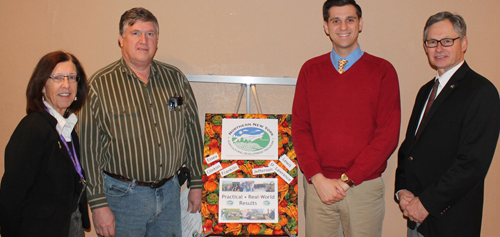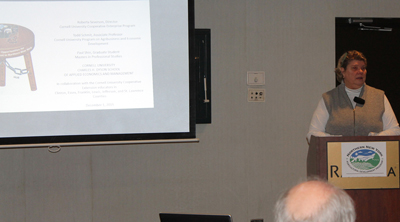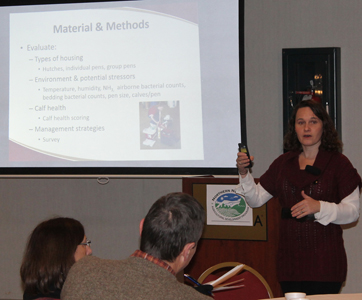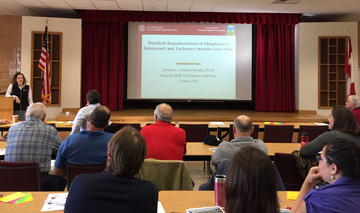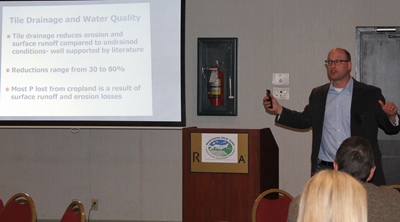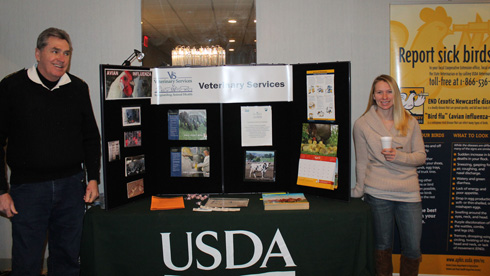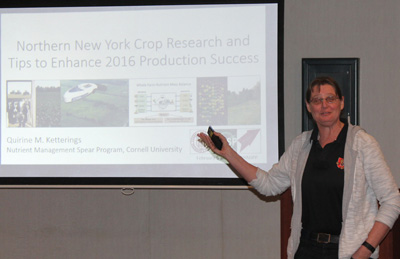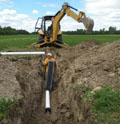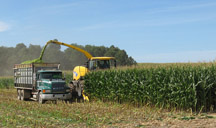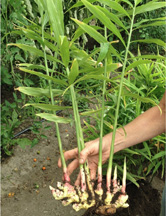
August 8, 2016. The farmer-driven Northern New York Agricultural Development Program has released the results of field trials indicating that fresh market baby ginger produced by regional growers can sell for four times the price of conventional ginger sold in store.
But should every grower start planting ginger?
The market potential of ginger as a season extension and profit builder for Northern New York growers was evaluated as part of the Advancing Season Extension and Protected Culture Efficiency Project funded by the farmer-driven research program. The project also included enterprise budgeting for growing the high-value alternative high tunnel crops of ginger, turmeric, summer lettuce and basil.
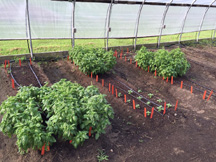
The term protected culture refers to the use of high tunnel and greenhouse structures that allow growers to better manage the impact of such elements as temperature, humidity, light, and moisture.
Six growers: one each in Clinton, Essex, Franklin, Jefferson, Lewis and St. Lawrence counties at farms in Carthage, Glenfield, Malone, Peru, Potsdam, and Willsboro hosted field trials for the project.
A project survey evaluated market opportunities for Northern New York-grown ginger. Some farms in the six-county region currently grow ginger on a small scale for CSA, community supported agriculture, or farmer’s market sales.
“Buyers indicated they enjoy the pleasant, light and surprisingly fresh taste of the Northern New York-grown ginger. Small volume, high margin ginger sales for fresh market sales appear feasible for farmers with high tunnel or greenhouse structures,” said Cornell Cooperative Extension regional marketing specialist Bob Weybright, who conducted the survey.
However, Weybright states in the project results report now available on the Northern New York Agricultural Development Program website that the limited survey and the noted high return income opportunity do not necessarily support large-scale production expansion without evaluating value-added processing costs to extend crop value beyond the short fresh harvest window.
This project responded to grower-identified needs and opportunities related to extending the growing and sales seasons in Northern New York and draws on previous projects identified by the farmer leaders of the Northern New York Agricultural Development Program to help growers maximize productivity and profitability.
The Advancing Season Extension and Protected Cultured Efficiency report is posted on the Northern New York Agricultural Development Program website at www.nnyagdev.org.
The farmer-driven Northern New York Agricultural Development Program provides grants for on-farm research and technical assistance projects in Clinton, Essex, Franklin, Jefferson, Lewis and St. Lawrence counties. Funding for the Northern New York Agricultural Development Program is supported by the New York State Senate and administered through the New York State Department of Agriculture and Markets.
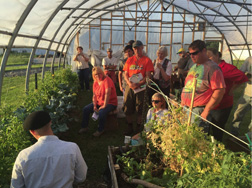
Click here for full length press release
Click here for the 2015 Advancing Season Extension and Protected Cultured Efficiency Project Results
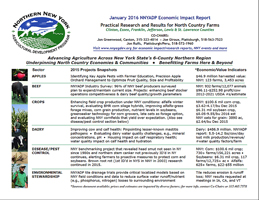
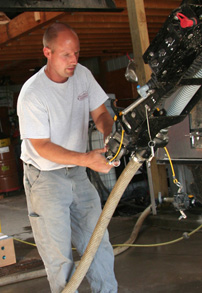 AGRIBUSINESS DEVELOPMENT
AGRIBUSINESS DEVELOPMENT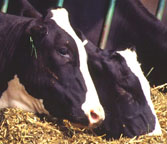 DAIRY PRODUCTION: Mastitis Research, Water Quality
DAIRY PRODUCTION: Mastitis Research, Water Quality FOOD PRODUCT INNOVATION: Edamame, Birch Syrup
FOOD PRODUCT INNOVATION: Edamame, Birch Syrup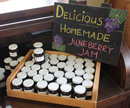 FRUIT PRODUCTION: Grapes, Juneberries
FRUIT PRODUCTION: Grapes, Juneberries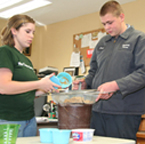 YOUNG FARMERS
YOUNG FARMERS